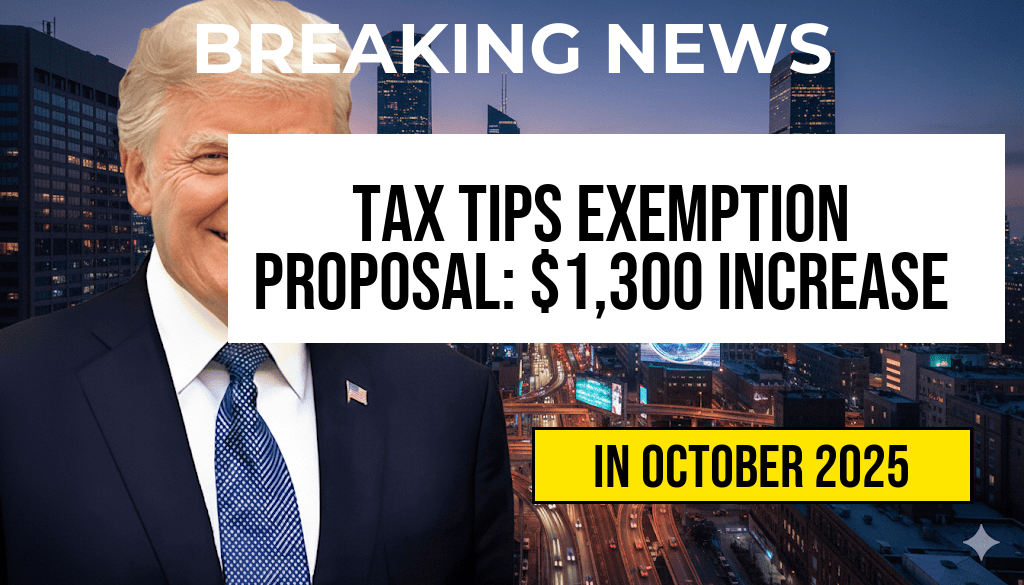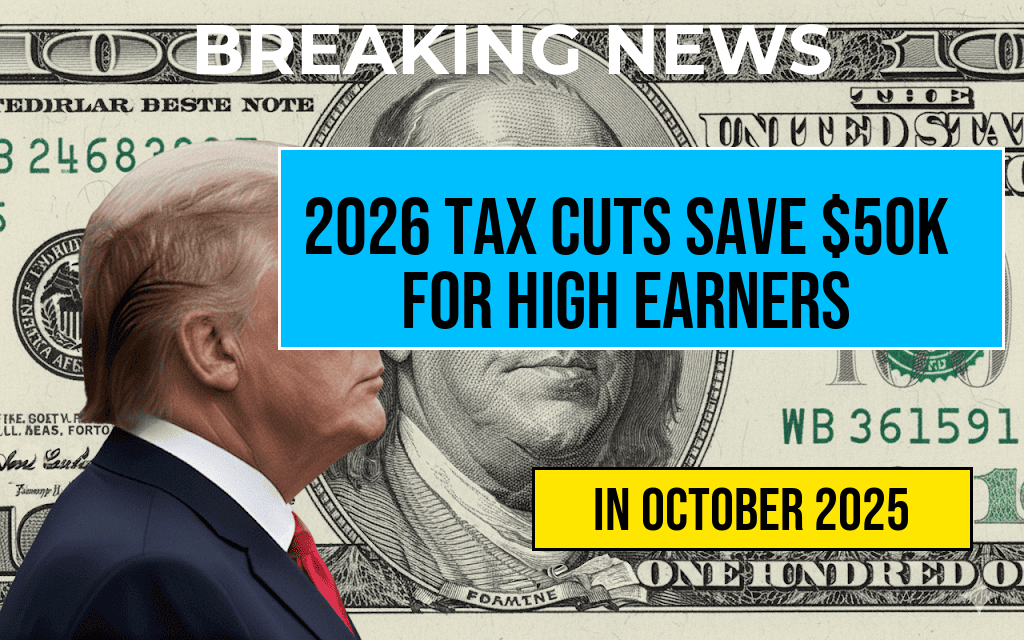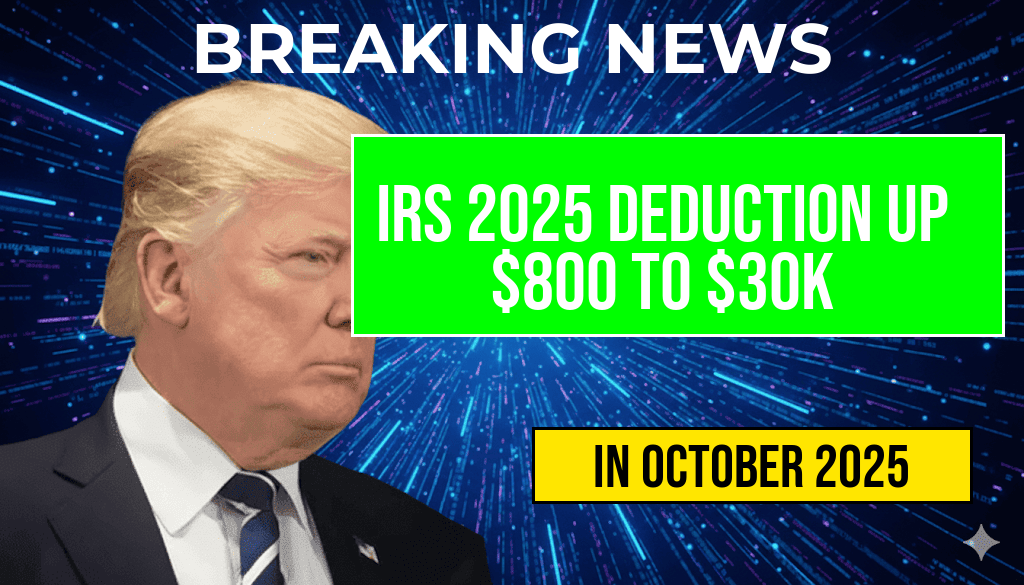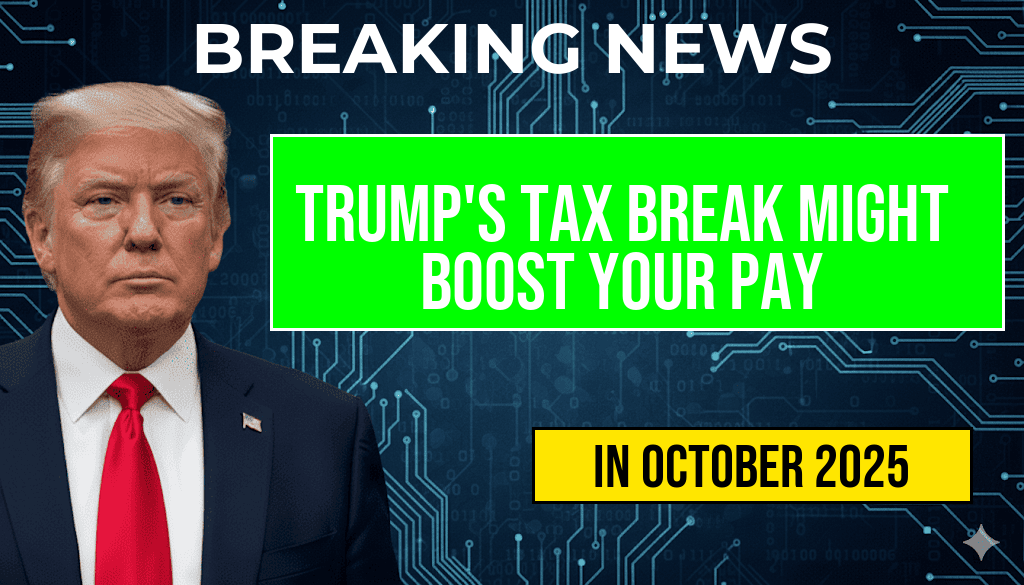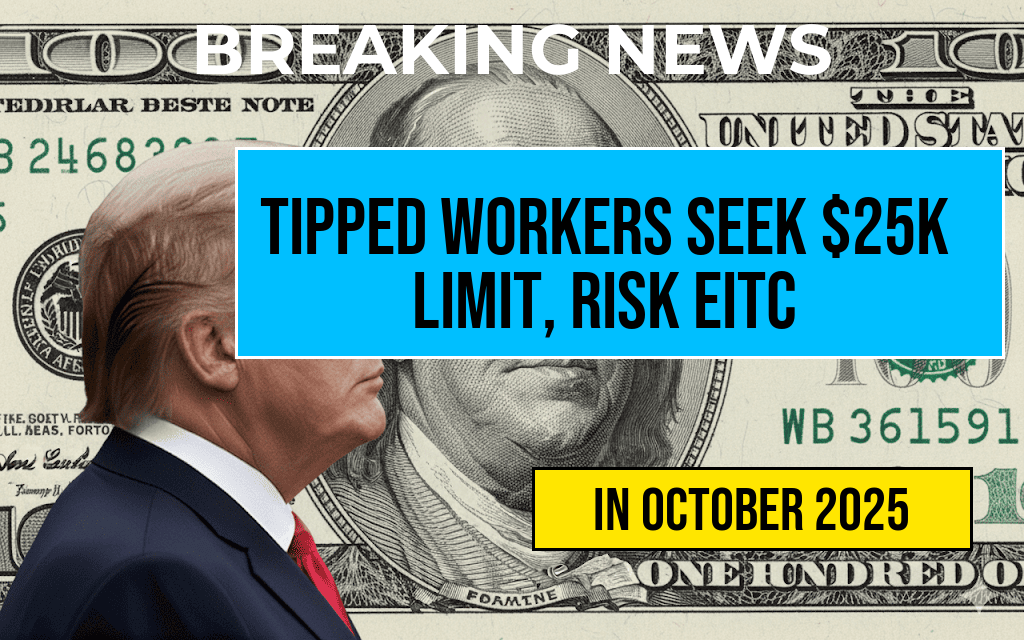Projected 2026 Tax Brackets Could Save a $50,000 Earner Hundreds of Dollars, Boosting Real Income
Proposed adjustments to the 2026 federal income tax brackets could significantly reduce tax liabilities for middle-income earners, particularly those earning around $50,000 annually. Under the anticipated reforms, the top federal tax rate for this income group is expected to fall from 22% to approximately 12%, potentially saving individuals hundreds of dollars each year. This shift reflects a broader effort to realign tax rates with inflation and economic growth, aiming to ease tax burdens and increase disposable income for millions of Americans. While the final details remain subject to legislative approval, experts suggest that these changes could provide meaningful financial relief, especially for working families navigating rising living costs.
Understanding the Proposed Tax Rate Changes
The upcoming adjustments are part of a comprehensive review of the federal income tax brackets, designed to account for inflation and evolving economic conditions. Currently, the marginal tax rate for individuals earning around $50,000 falls within the 22% bracket, meaning they pay that rate on income exceeding certain thresholds. The proposed reforms aim to lower this effective rate by broadening the brackets and raising thresholds, thereby reducing the portion of income taxed at higher rates. Specifically, the top rate for middle-income earners could decrease to as low as 12%, aligning more closely with historical norms and easing the tax pressure on working Americans.
Potential Impact on Small Income Earners
For a typical earner making approximately $50,000 annually, these changes could translate into substantial financial benefits. Based on preliminary estimates, a taxpayer in this bracket might see tax savings of several hundred dollars each year, depending on their specific deductions and credits. For example, a reduction of 10 percentage points in the marginal rate on income within this range could result in a tax saving of up to $500 or more annually for some filers. Such savings increase their effective income, providing additional funds for savings, debt repayment, or everyday expenses.
Broader Economic Implications
Economists note that reducing tax rates for middle-income households can have broader economic benefits. Increased disposable income tends to boost consumer spending, which supports local businesses and stimulates economic growth. Moreover, lower tax burdens can improve household financial stability, encouraging more robust participation in the housing market, education, and retirement savings. However, policymakers must balance these benefits against the need for fiscal responsibility, as reduced tax revenues could impact funding for public services and infrastructure.
Current and Future Tax Bracket Comparison
| Tax Rate | Single Filers Income Range | Married Filing Jointly Income Range |
|---|---|---|
| 12% | $15,000 – $50,000 | $30,000 – $100,000 |
| 22% | $50,001 – $95,000 | $100,001 – $190,000 |
Compared with current brackets, this adjustment would significantly narrow the gap between the lower and middle tax rates, effectively lowering the rate for many earners within this income spectrum.
Legislative Outlook and Considerations
The proposed tax bracket revisions are still under discussion in Congress, with some lawmakers emphasizing the importance of balancing tax relief with fiscal sustainability. The Biden administration has highlighted that these changes are intended to make the tax system more equitable and responsive to economic realities, especially as inflation continues to climb. Critics, however, caution that lowering rates could reduce government revenue, potentially impacting funding for social programs and infrastructure projects. Stakeholders are closely watching negotiations, as the final structure of the 2026 tax brackets will influence millions of taxpayers’ yearly financial planning.
Resources and Further Reading
- Tax Brackets – Wikipedia
- How Tax Bracket Changes Could Affect Your Wallet in 2026 – Forbes
- IRS Newsroom
Frequently Asked Questions
What are the projected changes to the 2026 tax brackets?
The 2026 tax brackets are expected to be adjusted, with the top rate falling to 12%, potentially reducing the tax burden for many earners.
How will the new tax brackets affect someone earning $50,000 annually?
Individuals earning around $50,000 could see significant savings, with their taxes potentially decreasing by hundreds of dollars due to the lower top rate.
When will these tax bracket changes take effect?
The projected changes are expected to be implemented by 2026, providing taxpayers with upcoming opportunities to benefit from the adjusted tax rates.
What is the impact of the top rate falling to 12% on overall taxable income?
The reduction to a 12% top rate could boost real income for many earners, especially those in the higher-middle income brackets, by lowering their overall tax liabilities.
Will these changes benefit all taxpayers equally?
No, the benefits will vary depending on income levels. Those earning closer to $50,000 are likely to see more substantial savings compared to lower-income individuals or higher earners.

